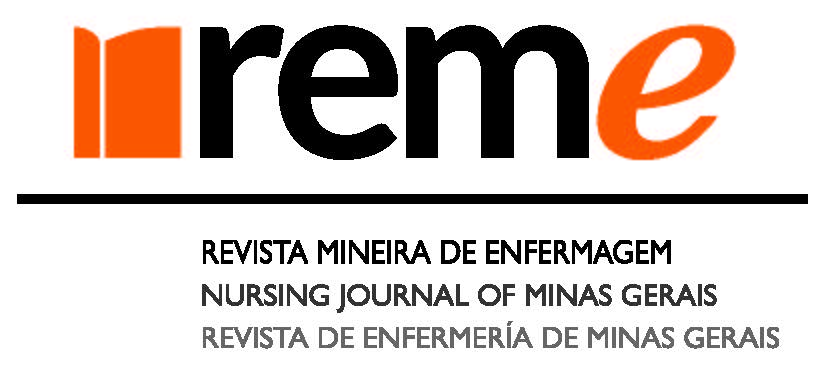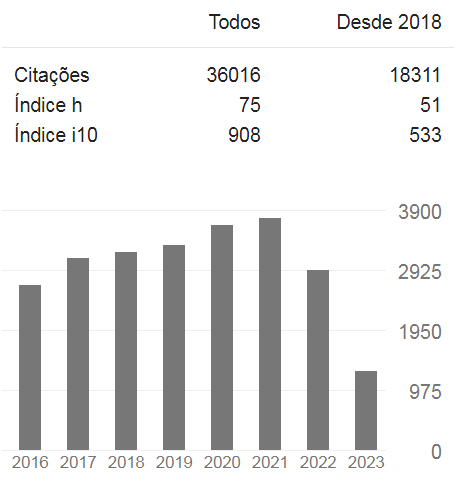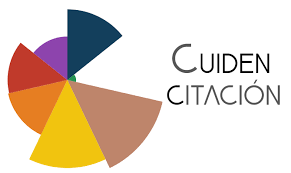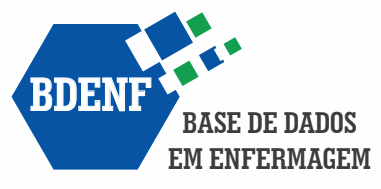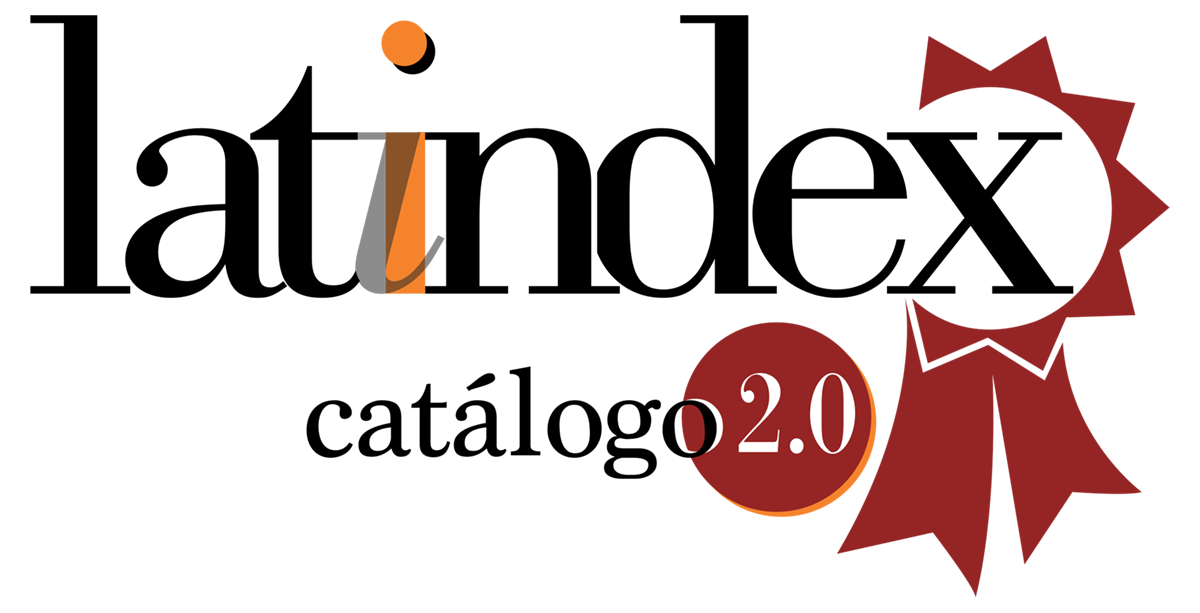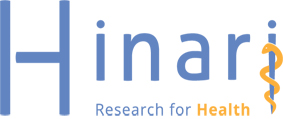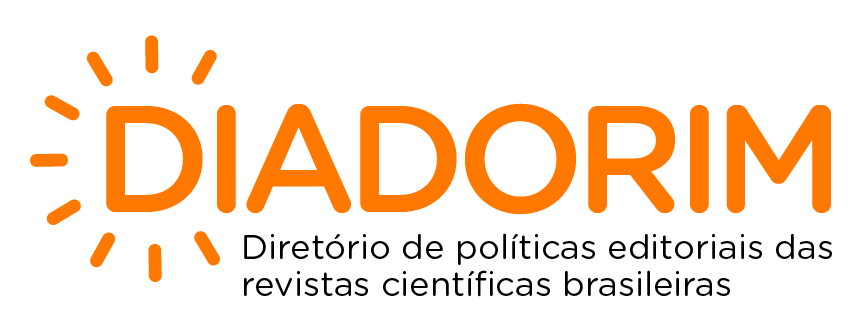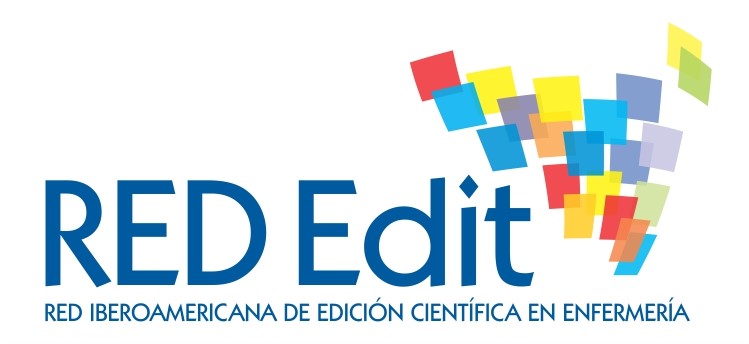Reference intervals of creatinine and glycated hemoglobin parameters for the Brazilian adult population
National Health Survey
DOI:
https://doi.org/10.35699/2316-9389.2022.40192Keywords:
Reference Values, Creatinine, Glycated Hemoglobin A, Health Surveys, Risk Factors, BrazilAbstract
Objective: to estimate reference intervals (RIs) of creatinine and glycated hemoglobin (HbA1c) in the Brazilian adult population. Methods: a cross-sectional study, using the National Health Survey (Pesquisa Nacional de Saúde, PNS) database, between 2014-2015, consisting of 8,952 adults. To establish RIs, exclusion criteria were applied, outliers were removed and stratification was performed. After these procedures, the sample consisted of 2,723 adults for HbA1c and 2,738 adults for creatinine. Differences were evaluated by means of the Mann Whitney and Kruskal Wallis tests (p≤0.05). Results: men (RI: 0.69-1.25; median: 0.95 mg/dL) had higher RIs for creatinine than women (RI: 0.53-1.05; median: 0.74 mg/dL) and higher lower limit (LL) values and median HbA1c (male: RI: 4.55-5.97; median: 5.3%; female: RI: 4.49-5.97; median: 5.20%) (p≤0.05). In women, the RIs for creatinine were higher in the age groups between 45 and 59 years old (RI: 0.55-1.04; median: 0.77 mg/dL) and from 60 years old (RI: 0.54-0.98; median: 0.77 mg/dL (p≤0.05). For HbA1c, men had higher RIs from age 60 (RI: 4.65-6.07; median: 5.44%) and women from 45 years old (45-59: RI: 4.61-6.05; median: 5.40%; and 60 years old or more: RI: 4.82-6.03; median: 5.50%) (p≤0.05). For creatinine, lower RI LLs and more prominent medians were observed in white-skinned adults (RI: 0.56-1.19; median: 0.85%) when compared to brown-skinned (RI: 0.55-1.19; median: 0.84%) (p≤0.05). Conclusion: appropriate RIs make it possible to unveil the health conditions of Brazilian adults and can support proper identification of chronic kidney disease and diabetes.
Downloads
References
Adeli K, Higgins V, Nieuwesteeg M, Raizman JE, Chen Y, Wong SL, et al. Biochemical marker reference values across pediatric, adult, and geriatric ages: establishment of robust pediatric and adult reference intervals on the basis of the Canadian Health Measures Survey. Clin Chem [Internet]. 2015[citado em 2022 mar. 2];61(8):1049-62. Disponível em https://doi.org/10.1373/clinchem.2015.240515
Ceriotti F, Boyd JC, Klein G, Henny J, Queraltó J, Kairisto V, et al. IFCC Committee on Reference Intervals and Decision Limits (C-RIDL). Reference intervals for serum creatinine concentrations: assessment of available data for global application. Clin Chem [Internet]. 2008[citado em 2022 mar. 2];54(3):559-66. Disponível em: https://doi.org/10.1373/clinchem.2007.099648
Matsha TE, Korf M, Erasmus RT, Hoffmann M, Mapfumo C, Smit F, et al. Reference interval determination for glycated albumin in defined subgroups of a South African population. Ann Clin Biochem [Internet]. 2019[citado em 2022 mar. 2];56(4):480-7. Disponível em: https://doi.org/10.1177/0004563219847234
Szwarcwald CL, Malta DC, Pereira CA, Figueiredo AW, Almeida WDS, Machado IE, et al. Reference values for laboratory tests of cholesterol, glycosylated hemoglobin and creatinine of the Brazilian adult population. Rev Bras Epidemiol [Internet]. 2019[citado em 2022 mar. 2];22(Suppl. 2):e190002. Disponível em: https://doi.org/10.1590/1980-549720190002.supl.2
Ozarda Y. Reference intervals: current status, recent developments and future considerations. Biochem Med (Zagreb) [Internet]. 2016[citado em 2022 mar. 2];26(1):5-16. Disponível em: https://www.biochemia-medica.com/en/journal/26/1/10.11613/BM.2016.001
Sikaris KA. Physiology and its importance for reference intervals. Clin Biochem Rev [Internet]. 2014[citado em 2022 mar. 5];35(1):3-14. Disponível em: https://www.ncbi.nlm.nih.gov/pmc/articles/PMC3961997/
Ferreira CES, Andriolo A. Intervalos de referência no laboratório clínico. J Bras Patol Med Lab [Internet]. 2008[citado em 2022 mar. 5];44(1):11-6. Disponível em: https://doi.org/10.1590/S1676-24442008000100004
Edinga-Melenge BE, Yakam AT, Nansseu JR, Bilong C, Belinga S, Minkala E, et al. Reference intervals for serum cystatin C and serum creatinine in an adult sub-Saharan African population. BMC Clin Pathol [Internet]. 2019[citado em 2022 mar. 5];19:4. Disponível em: https://bmcclinpathol.biomedcentral.com/articles/10.1186/s12907-019-0086-7
Pavlov IY, Wilson AR, Delgado JC. Reference interval computation: which method (not) to choose? Clin Chim Acta [Internet]. 2012[citado em 2022 mar. 5];413(13-14):1107-4. Disponível em: https://doi.org/10.1016/j.cca.2012.03.005
Malta DC, Duncan BB, Schmidt MI, Machado ÍE, Silva AGD, Bernal RTI, et al. Prevalence of diabetes mellitus as determined by glycated hemoglobin in the Brazilian adult population, National Health Survey. Rev Bras Epidemiol [Internet]. 2019[citado em 2022 mar. 5];22(Suppl 02):E190006. Disponível em: https://doi.org/10.1590/1980-549720190006.supl.2
Aguiar LK, Ladeira RM, Machado ÍE, Bernal RTI, Moura L, Malta DC. Factors associated with chronic kidney disease, according to laboratory criteria of the National Health Survey. Rev Bras Epidemiol [Internet]. 2020[citado em 2022 mar. 5];23:e200101. Disponível em: https://doi.org/10.1590/1980-549720200101
CLSI. Defining, establishing and verifying reference intervals in the clinical laboratory: approved guideline-third edition. CLSI document EPC28-A3. Wayne PA: Clinical and Laboratory Standards Institute; 2008[citado em 2022 mar. 5];28:1-76. Disponível em: https://clsi.org/media/1421/ep28a3c_sample.pdf
Szwarcwald CL, Malta DC, Souza Júnior PRB, Almeida WDS, Damacena GN, Pereira CA, et al. Laboratory exams of the National Health Survey: methodology of sampling, data collection and analysis. Rev Bras Epidemiol [Internet]. 2019[citado em 2022 mar. 5];22(Suppl 02):E190004. Disponível em: https://doi.org/10.1590/1980-549720190004.supl.2
Instituto Brasileiro de Geografia e Estatística. Pesquisa Nacional de Saúde 2013: percepção do estado de saúde, estilos de vida e doenças crônicas: Brasil, Grandes Regiões e Unidades da Federação. Rio de Janeiro: IBGE; 2014[citado em 2022 mar. 5]. Disponível em: https://biblioteca.ibge.gov.br/visualizacao/livros/liv91110.pdf
World Health Organization. Obesity: preventing and managing the global epidemic: report of a WHO consultation. Geneva: WHO; 2000[citado em 2022 mar. 5]. Disponível em: https://apps.who.int/iris/handle/10665/42330
Barroso WKS, Rodrigues CIS, Bortolotto LA, Mota-Gomes MA, Brandão AA, Feitosa ADM, et al. Brazilian Guidelines of Hypertension - 2020. Arq Bras Cardiol [Internet]. 2021[citado em 2022 mar. 5];116(3):516-658. Disponível em: https://doi.org/10.36660/abc.20201238
Kidney Disease Improving Global Outcomes. KDIGO 2012 Clinical Practice Guideline for the Evaluation and Management of Chronic Kidney Disease. Kidney Int Suppl [Internet]. 2013[citado em 2022 mar. 5];3(1):1-150. Disponível em: https://kdigo.org/wp-content/uploads/2017/02/KDIGO_2012_CKD_GL.pdf
American Diabetes Association. 2. Classification and Diagnosis of Diabetes: Standards of Medical Care in Diabetes-2018. Diab Care [Internet]. 2018[citado em 2022 mar. 7];(Suppl 1):S13-S27. Disponível em: https://doi.org/10.2337/dc18-S002
World Health Organization. Haemoglobin concentrations for the diagnosis of anaemia and assessment of severity. Vitamin and Mineral Nutrition Information System. Genebra: WHO; 2011[citado em 2022 mar. 9]. Disponível em: https://apps.who.int/iris/bitstream/handle/10665/85839/WHO_NMH_NHD_MNM_11.1_eng.pdf
Ma Q, Liu H, Xiang G, Shan W, Xing W. Association between glycated hemoglobin A1c levels with age and gender in Chinese adults with no prior diagnosis of diabetes mellitus. Biomed Rep [Internet]. 2016[citado em 2022 mar. 9];4(6):737-40. Disponível em: https://www.ncbi.nlm.nih.gov/pmc/articles/PMC4887772/
Moraes HAB, Mengue SS, Molina MDCB, Cade NV. Factors associated with glycemic control in a sample of individuals with Diabetes Mellitus taken from the Longitudinal Study of Adult Health, Brazil, 2008-2010. Epidemiol Serv Saúde [Internet]. 2020[citado em 2022 mar. 9]; 29(3):e2018500. Disponível em: https://doi.org/10.5123/S1679-49742020000300017
Malta DC, Bernal RTI, Gomes CS, Cardoso LSM, Lima MG, Barros MBA. Inequalities in the use of health services by adults and elderly people with and without noncommunicable diseases in Brazil, 2019 National Health Survey. Rev Bras Epidemiol [Internet]. 2021[citado em 2022 abr. 3];24(suppl 2):e210003. Disponível em: https://doi.org/10.1590/1980-549720210003.supl.2
Adeli K, Higgins V, Nieuwesteeg M, Raizman JE, Chen Y, Wong SL, et al. Complex reference values for endocrine and special chemistry biomarkers across pediatric, adult, and geriatric ages: establishment of robust pediatric and adult reference intervals on the basis of the Canadian Health Measures Survey. Clin Chem [Internet]. 2015[citado em 2022 abr. 3];61(8):1063-74. Disponível em: https://doi.org/10.1373/clinchem.2015.240523
Barroso M, Baena-Díez JM, Muñoz-Aguayo D, Díaz JL, Schröder H, Grau M. Reference ranges of glycated hemoglobin (HbA1c) in capillary blood in the Spanish population. Prim Care Diabetes [Internet]. 2020[citado em 2022 abr. 3];14(6):768-71. Disponível em: https://doi.org/10.1016/j.pcd.2019.11.006
Ceriotti F, Hinzmann R, Panteghini M. Reference intervals: the way forward. Ann Clin Biochem [Internet]. 2009[citado em 2022 abr. 3];46(Pt 1):8-17. Disponível em: https://doi.org/10.1258/acb.2008.008170
Additional Files
Published
How to Cite
Issue
Section
License
Copyright (c) 2022 REME-Revista Mineira de Enfermagem

This work is licensed under a Creative Commons Attribution 4.0 International License.

